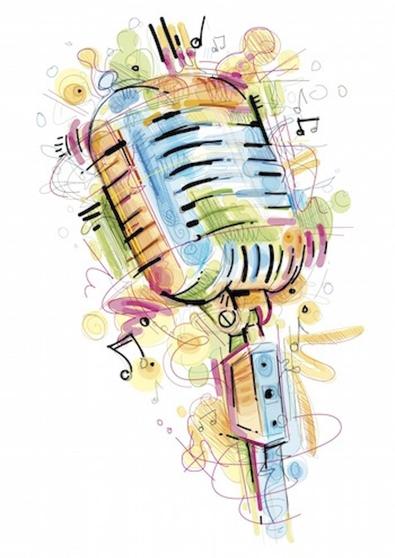
If you’re a musical theater performer, the preparation of your audition book is a clear way to show a casting panel that you are a pro. Having your sheet music well-organized and polished shows us that you understand the role of the pianist in making your performance successful. Remember that music preparation is one element of your audition over which you have complete control, so take pride in making your book as put together as possible.
The Binder Itself
Let’s start with the basics: Your sheet music should be presented to your pianist in a three-ring binder. You never want to bring loose sheets of paper into an audition, because individual pages will not stay on a piano’s music stand. Sheet music books are also a no-no; these books have a nasty habit of not staying open to the correct page, unless the binding is broken to within an inch of its life. When purchasing a music binder, I look for ones marked “heavy duty,” with a rubberized edge. A cheapo model won’t do; the rings on these are flimsy and tend to separate, possibly causing a page of your music to fly out of the binder midsong. (There are a variety of opinions about using sheet protectors; I’m in the pro–sheet protector camp, as long as they have a nonglare finish. They protect your music from wear and tear and from inevitable spills. Coffee-stained music doesn’t make anyone look good.)
The Organization
When it comes to the organization of your book, the main goal is to make your music easy to locate quickly. Remember that you never know what you’re going to be asked to sing in any given audition. The “flipping time”—when an actor is frantically looking through their binder for that one song that’s perfect for what the director wants to hear—is deadly. You want to keep our attention throughout your audition, and while you’re flipping through music, we may check out. Therefore, you need an organizational strategy, including a table of contents at the front of the binder. I prefer you organize your music either alphabetically or by category (classic musicals, contemporary musicals, pop-rock, comedy, etc.).
The Mistakes to Avoid
There are several pitfalls that I often see in an actor’s music books. If you’re not musically savvy, work with a vocal coach to make sure your book is free of these mistakes:
• Having one-sided music. Music should always be double-sided to allow for fewer page turns.
• Page-turning on a key change/tempo change. You don’t want a pianist to have to take in new information on a page turn. Lay your music out to avoid this.
• Having unmarked music. Your musical cuts need to be properly and thoroughly marked.
• Having codas/dal segnos. Codas and dal segnos are navigation markers that require the pianist to turn back or ahead in the sheet music. Having to flip back and forth to read codas is asking for your pianist to get lost. Make an extra copy of the music and lay it out so that they can play straight through.
• Having musical information that’s cut off. Sheet music books are usually oversize, so if you’re using old-school copies from a book, the bottom staff of the piano part will often get cut off, or the chords get lost on the top staff. Make sure all the music is actually there on your audition hits.
If you follow these guidelines, your pianist will love you and will be able to focus their attention on helping you sound your best in the audition room.
Inspired by this post? Check out our theater audition listings! And watch the video below for even more audition advice!
